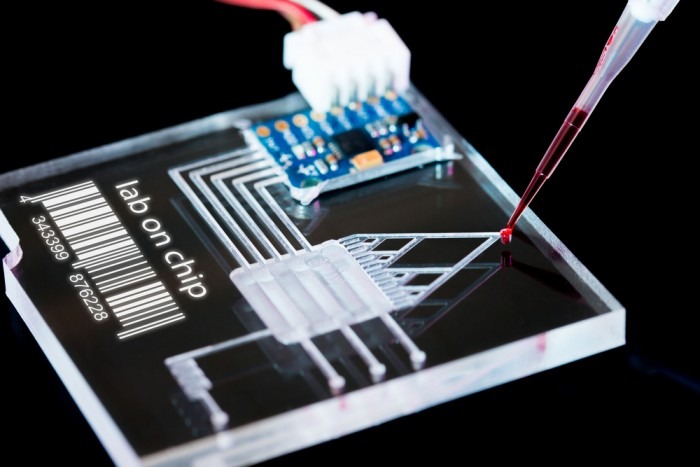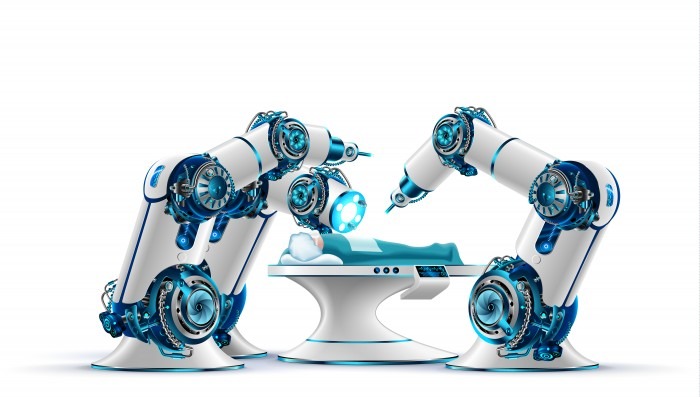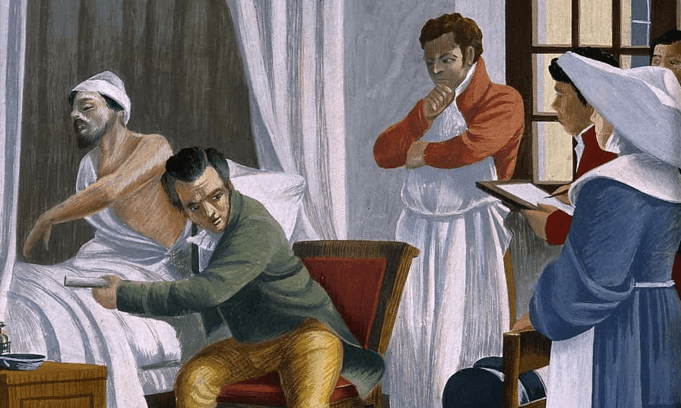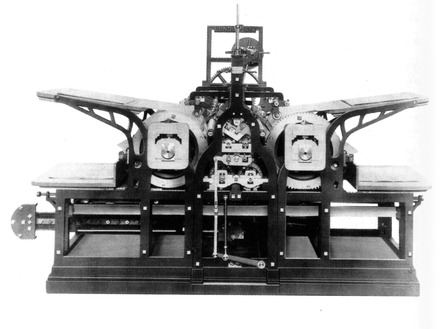The death of the stethoscope - Act 2 - Can it keep up with the future?
How will the future of medicine look? Will we use biosensors, smartwatches, robots, and decision support systems such as “Watson”? And will the stethoscope still play a role in such a “high tech” environment?
Biochip technology is already here

The scenario I presented in the previous newsletter might seem like pure science fiction.
But much of what is portrayed is already being developed. Medical robots such as “daVinci” are already in use. The first robots to take over tasks of doctors and nurses are being tested. And we are using artificial intelligence to assist doctors in diagnosis and decision making. Similar is true for biosensors. For example: We can track glucose levels, detect the degree of heart failure, and monitor infections with biochips and sensor technology.

But what is the role of the good old stethoscope?
Why I love my stethoscope
I love my stethoscope. I still remember the first time I heard the scattered crackles and bronchial breath sounds, which are typical of pneumonia. How proud I felt when the chest x-ray confirmed the diagnosis.
The joy of holding a “Littmann” in my hands on the day of graduation and how frustrated I felt when someone stole it right out my doctors’ coat only two months later.
The stethoscope is an icon of our profession. I can’t think of many other inventions that date back to the early 19th century, which (in an almost unmodified form) are still being used today.

René Laënnec ‘listening’ to a patient in the Necker hospital (as this is a man, he does not have to use his stethoscope). Gouache after T. Chartran. Photograph: Wellcome Library, London/Wellcome Library, London. Wellcome Images
At the same time, as Rene Laennec invented the stethoscope, Frederick Koening invented the steam-powered printing press, and Georg Stevenson designed the first steam locomotive. Do we still use these technologies today?
Steam-powered printing press

Pros and cons
But why is the stethoscope so successful? Why is the academic society so supportive of such old technology?
I can still recall the embarrassment I felt when my superior blamed me for confusing a 3rd heart sound with a “mesosystolic click”.
While shaking his head in disappointment, he said to me:
“How do you expect to become a cardiologist if you don’t even know how to use the stethoscope.”
I believe there are a number of reasons why the stethoscope is so important to us.
Of course, we can apply it in many clinical situations. And true: it helps us tremendously in our daily clinical practice. But other modalities are by far superior to the stethoscope.
Rarely we would rely solely on the stethoscope to make an important medical decision.
The major advantage is its “portability”. You always have it with you – at the bedside. But there are also psychological factors: Auscultation is a true skill if you master this skill, you are branded as a “good doctor”. And finally: for our patients, it is part of an important ritual, which creates trust.
Alternatives ahead?
Handheld ultrasound devices have been promoted as “the new stethoscope”. The advantages are clear, we do not have to rely on acoustic phenomena of pathologies, but we can directly see them. And yes, they too are portable. Still, these devices have gained much acceptance in the primary care setting. Is it a matter of trust, is the technology too complex, still too expensive?

I certainly have my opinion here. I will gladly share my points in the upcoming newsletter.
But at this point, I would like to find out what your take is.
Let us know in the comments below!
Thomas & Martin

